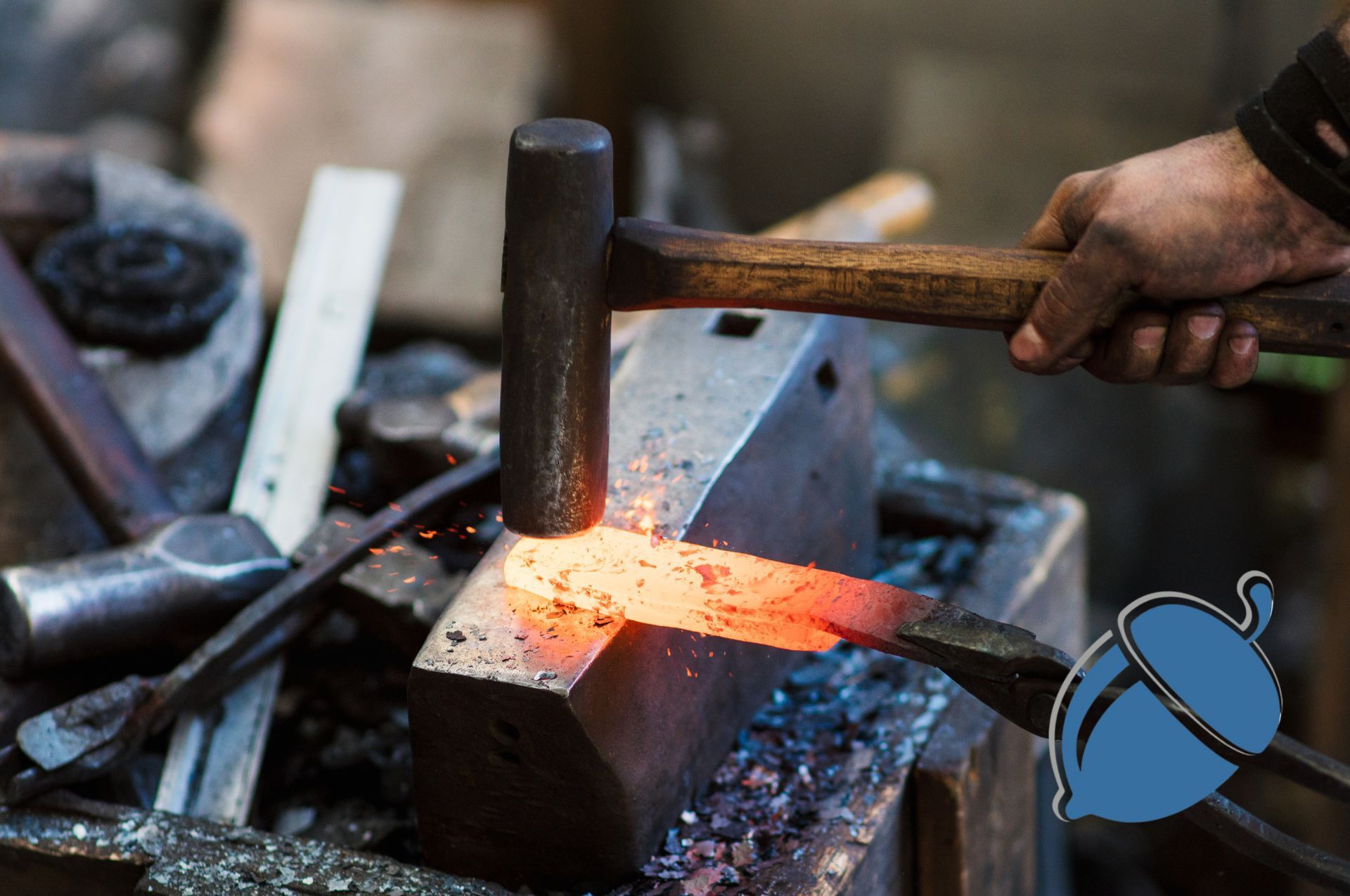Differences Between Chiropractors and Osteopaths
Patrick Campbell • 18 February 2021
Like most people you have probably already heard of a Chiropractor and an Osteopath and might now be in a situation where you require treatment from one of them. However, do you find yourself asking ‘which one would be the best for me’? Whilst there are a lot of similarities between the two professions there are some key differences which may mean treatment from one may benefit you more than treatment from the other would.
The main difference between Chiropractors and Osteopaths is that Chiropractors are originally trained to look at the nervous system, while Osteopaths' focus is on the circulatory system. However, patients will likely see the most difference as a result of the post-qualification training and specialisms developed by each practitioner, and the treatment style and length.
Chiropractic and Osteopathy were both founded in the USA in the late 19th century. Osteopathy was taught by A.T. Still who believed in “the rule of the artery”: that circulation was at the heart of the body’s ability to fight disease. Chiropractic emerged slightly later, under D.D. Palmer, with the view that “the rule of the nerve is supreme”.
Whether Palmer borrowed his approach from Still is the subject of great debate. In any case, the similarity of the origins of the two professions is such that it is hard to tell them apart.
What is a Chiropractor?
In general terms a chiropractor focuses on the spine, joints and nervous system. A chiropractor primarily uses chiropractic adjustments, to restore usual mobility and joint function, this is done by applying a controlled force to a specific joint or vertebrae of the spine.
To practice as in the UK, a Chiropractor must be registered with the General Chiropractic Council (GCC). They may also belong to a professional body, such as the British Chiropractic Association (BCA).
What is an Osteopath?
Osteopaths tend to focus on musculoskeletal problems, using a range of techniques including massage, stretching and physical manipulation. They aim to get the skeletal system and muscular system to work smoothly and harmoniously. They also use their techniques to help relieve other medical problems, for example, cranial osteopathy works to try to reduce headaches and migraines.
If you go to an osteopath and say ‘I’ve got pain here’ it is unlikely they will solely treat that area. The way osteopaths work is by looking at the whole musculoskeletal system in order to find the underlying cause that is resulting in your pain.
To practice in the UK, an Osteopath must be registered with the General Osteopathic Council (GOsC).
Similarities
The main similarities between a Chiropractor and Osteopath are that they both work to increase mobility and often will both use physical manipulation. Each must have completed a degree in their chosen field, and be registered with the relevant governing body. Their degrees contain many aspects that you would expect to see in a medical degree, such as anatomy, physiology and pathology. They also both treat musculoskeletal issues, with a huge amount of overlap between the conditions they can treat (for more information, see our Chiropractic
and Osteopathy
pages).
Both professions are required to complete Continuous Professional Development (CPD), to maintain and enhance their skill sets. Having qualified, CPD courses are open to both professions. It is not unusual to see Chiropractors and Osteopaths learning alongside one another at such events.
While the governing bodies set out how much CPD must be completed, it is up to the practitioners to choose the courses that they wish to attend. Particularly in areas of specialism (e.g. for treating specific conditions, body parts or patient types), both Chiropractors and Osteopaths will look for the best training to enhance their skills, and apply that learning within their own professional practice. Providing that teaching is provided by a reputable and professional source, practitioners look beyond their professional boundaries for further education.
Differences
The main differences between the two professions are that Chiropractors will focus more on the spine and joints, whereas Osteopaths will focus more on the muscles and surrounding bones. The way they treat is also different, as Chiropractors use physical adjustments more, compared to Osteopaths who will often use massage and stretching techniques.
This may explain why some Chiropractic treatments can be quite short and be provided in an open plan environment. Where this is the case, it is unlikely that soft tissue work will be included in the treatment. It is unlikely, though not impossible, that an Osteopathy appointment would be like this.
Choosing which one is best for you
Everyone is different and will experience different pain and medical conditions. Deciding which practitioner is most suited for you starts at what your main problem is. Is the pain mostly skeletal or is it muscular? Do you have a specific issue you want to help reduce, for example do you suffer with migraines? Is there a practitioner with relevant skills or experience in your issue? If you have had a positive or negative experience with either profession, this will likely influence your future decisions about which to see. All these factors will help you decide whether a Chiropractor or an Osteopath will aid you more in treating your pain.
Luckily, at Kube Medical, all of our Chiropractors and Osteopaths work closely alongside each other and will be able to refer you to a different practitioner if they feel they will be able to help you along your recovery journey more effectively. We do not have different treatment lengths for the different professions, so you know you will receive value for money every time. Why not take a look at our ‘Meet the Team’ section of our website to get to know a bit more about each of our practitioners individually and what areas of their sector they specialise in.
References
Did D.D. Palmer Visit A.T. Still in Kirksville? (John F Hart in Chiropractic History, Volume 17, No. 2 - 1997) https://www.institutechiro.com/wp-content/uploads/2017/12/Hart_DDPalmer_Kirksville.pdf
https://www.gcc-uk.org/
https://chiropractic-uk.co.uk/
https://www.osteopathy.org.uk/home/

At Kube medical, we believe high-quality physiotherapy should be accessible, comfortable, and convenient. That’s why we provide professional home-visit physiotherapy services, helping you recover in the comfort of your own home and at a time that fits your lifestyle. Whether you're recovering after surgery or trying to fit treatment around a busy schedule, our personalised approach ensures you feel supported, motivated and confident every step of the way.

As the days get shorter and the air turns crisp, many of us start dreaming about fresh powder, mountain air, and that first exhilarating run of the ski season. But before you dust off your boots, it’s worth thinking about one crucial thing: your body’s readiness. Whether you’re a seasoned skier eager to hit the slopes from day one, or an occasional skier looking to make the most of a long-awaited trip, a little “pre-hab” — preparing your body in advance — can make all the difference between an enjoyable week on the mountain and one cut short by fatigue or injury.

There’s no easy way to put it — the sudden closure of Private Midwives has left a real void, both professionally and personally, for many highly experienced tongue tie practitioners. It’s disrupted livelihoods, interrupted the continuity of care for families, and forced many to face a wave of uncertainty.








